Gear Up: A Guide to Different Types of Bikes
There is no better and more exhilarating experience than purchasing a new bike, and there's no time like the present to do so. With advancements in technology and designers catering to every type of cyclist, bikes have become more practical, dependable, and enjoyable to ride.
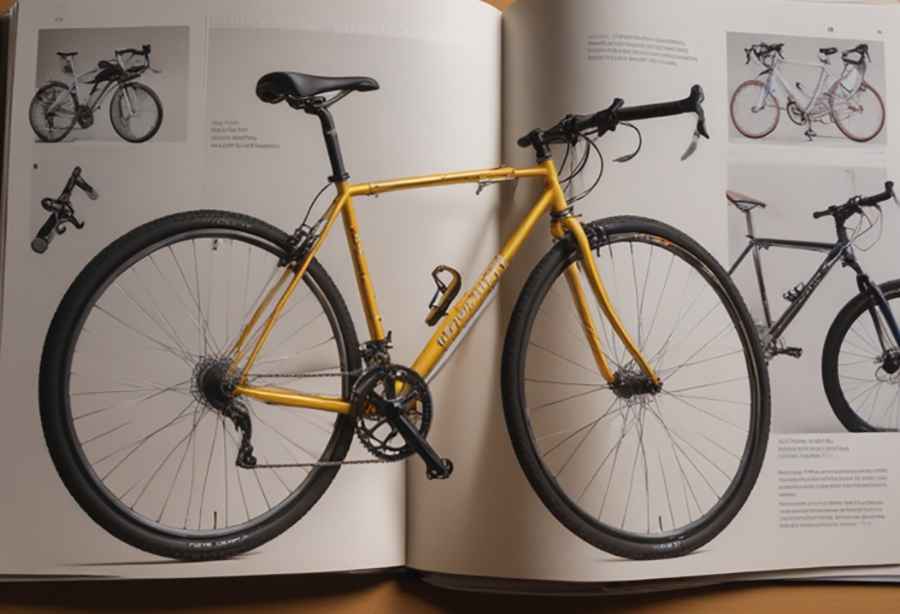
This is partly due to the expansion of options from just a few basic styles (street bikes, sports bikes, road racing, mountain bikes, and city bikes) to encompass all kinds of niches as bicycle manufacturers broaden their offerings to cater to the diverse ways people enjoy cycling. However, this abundance of choices poses a challenge for you as an enthusiastic buyer: how can you determine which type of transport is most suitable for you and your riding experience? That's where this guide comes in handy—whether you're an experienced rider or seeking a beginner-friendly two wheels.
The Different Types of Bikes
- Road Bikes
- Mountain Bikes
- Gravel/Adventure Bikes
- E-Bikes
- Utility Bikes
- Comfort/Fitness Bikes
- Fat Bikes
- Triathlon Bikes
- Tandem Bikes
- BMX Bikes
- Kids Bikes
- Tricycles
- Recumbent Bikes
- Track Bikes
Road Bikes: Find Your Perfect Speed Machine
Road bikes, known for their thin tires and lightweight frames, prioritise speed on smooth pavement. Whether you're racing competitively or cruising with friends, they offer efficient riding. Sub-types cater to different needs:
- Aero: slices through the wind for ultimate speed.
- Ultralight: super lightweight for climbing hills with ease.
- Endurance: a more relaxed riding road racing position for long distances.
- All-Road: versatile for smooth and light gravel paths.
Prices start around £720 for basic aluminum models with 16 speeds and rim brakes. For electronic shifting, hydraulic disc brakes, and super-light materials, expect to pay over £13,000.
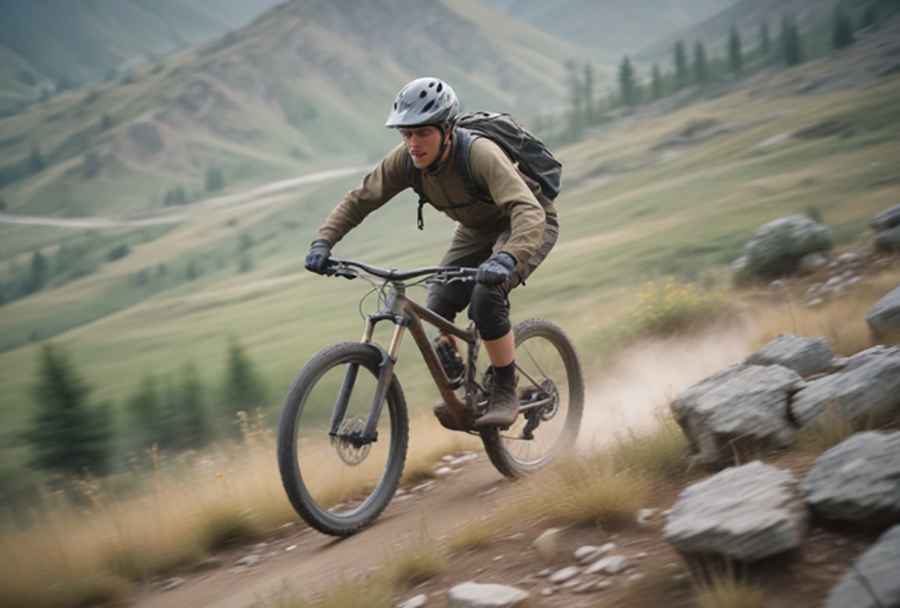
Types of Bikes: Mountain Bike for Off-road racing
Mountain bikes are built tough for off-road adventures. Wide handlebars offer control, knobby tires provide grip, and powerful brakes help tackle climbs and descents. Most have 29-inch wheels, some use 27.5 (MX bikes even mix sizes!), and 26-inch is fading except for kids' bikes.
Sub-Types:
- Hardtail: a mountain bike with a rigid frame for efficiency on smoother trails (starts around £450).
- Cross Country (XC): lightweight with front suspension for long distance
and fast riding (around £1,200+). - Trail: full suspension for tackling technical terrain (around £2,000+).
- Enduro/Gravity/Downhill: built for extreme descents with maximum suspension travel (often £4,000+).
- Dirt Jump/Slopestyle: bikes with great weather protection made for jumps and tricks (around £1,000+).
Gravel Bikes: Escape to Dirt
Gravel bikes are road rebels. They keep the drop handlebar but swap skinny tires for adventure. Wider, knobby treads conquer dirt. More mounts let you pack for anything, from a quick spin to a bikepacking odyssey. The upright position prioritizes comfort on rough terrain. Disc brakes provide power, and some even offer suspension.
Subtypes for Every Escape:
- Gravel: all-rounder for peak power off-road cycling.
- Cyclocross: race-focused sport bikes, lightweight for competition.
- Bikepacking: expedition-ready with storage potential.
Explore hidden roads, conquer trails, or embark on journeys. Gravel bikes offer road efficiency with off-road freedom, priced from £900 to over £9,000. Escape the asphalt and embrace adventure!
E-Bikes: Boost Your Ride
E-bikes add, generally speaking, motor assistance to your pedaling. Once for city bikes, they're now everywhere—commuters, cargo haulers, mountain bikes, even road bikes! E-bikes make cycling easier, allowing new riders of all ages and fitness levels to enjoy rides or commutes with less sweat. They can make cargo hauling or conquering hills a breeze. Basically, e-bikes open cycling up to more people. Prices range from £900 for basic models to over £11,000 for top-of-the-line mountain e-bikes.
Utility Bikes: Get Stuff Done, Have Fun
Utility bikes prioritize practicality over fancy features. Think sturdy frames, comfortable upright seating, and features like baskets or racks for carrying cargo. They come in various styles, from classic "diamond" frames to step-through options for easy mounting. Choose your perfect ride for commuting, errands, or even hauling the kids.
Sub-Types for Every Task:
- Commuter: affordable and efficient for daily rides.
- Cargo: built to haul heavy loads with ease.
- Folding: compact for easy storage and transportation.
Find Your Perfect Fit:
Utility bikes aren't about speed; they're about getting things done conveniently. Prices range from £360 for basic models to over £4,500 for electric cargo bikes. So ditch the car, get some exercise, and enjoy the ride!
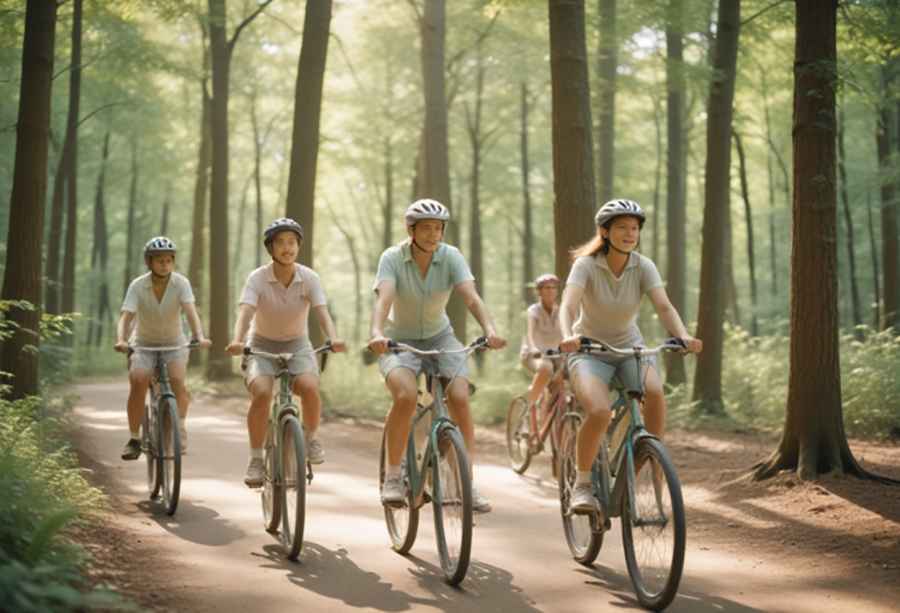
Relaxed Rides: Comfort & Fitness Bikes
This category offers fun on two wheels, with options for every rider. Think comfy upright bikes for cruising, fitness bikes for exercise, or hybrids for mixed terrain. Choose between classic diamond frames or step-through designs. Prices range from budget-friendly cruisers to high-end fitness bikes. Learn more about all bike types.
The Pure Speed Machine: Track Bikes
Track bikes are stripped down for pure speed. With just one gear and no brakes, they're built for racing on velodromes, special oval tracks with banked turns.
Key features:
- Single-fixed gear propels the bike and slows you down (via back pressure).
- No brakes: for minimal weight and maximum speed.
- Narrow, high-pressure tires: for low rolling resistance.
Sometimes you'll see similar bikes on the road called fixies, often with flat handlebars and maybe even a brake. True track bikes, however, are built for the track and don't even have brake mounts.
Price Range:
Track bikes can be surprisingly affordable. However, for serious track racing, you'll want a bike specifically designed for the velodrome. These can cost up to £5,000, partly because they're not mass-produced.
The ultimate track bikes are used by national Olympic teams. Due to racing regulations, they must be available to the public, but the price tag makes them almost unobtainable. For example, the Hope HB.T starts at a whopping £15,550 for just the frame!
So, while a basic track bike can be a great starting point, the sky's the limit for serious racers.
Kids' Bikes: Level Up Their Ride!
Gone are the days of clunky, one-size-fits-all bikes! Today's kids' bikes are lighter, with parts sized for small hands and growing bodies. You'll pay more, but you get quality components, easier riding, and potentially even higher resale value with buyback programs.
Why Upgrade?
- Lighter weight: a hefty bike is a struggle for young riders. Imagine lugging a 60-pound bike uphill!
- Proper fit: smaller levers, cranks, and pedals make riding more comfortable and efficient.
- Quality parts: look for name brands and easy-to-use brakes for a smoother ride.
Types of kids' bikes:
- Balance bikes help toddlers learn balance before adding pedals.
- BMX bikes are for ramps and tricks.
- Mountain bikes tackle off-road adventures.
- Gravel/Cyclocross offer versatility for diverse terrain.
- Road bikes are built for speed on smooth surfaces.
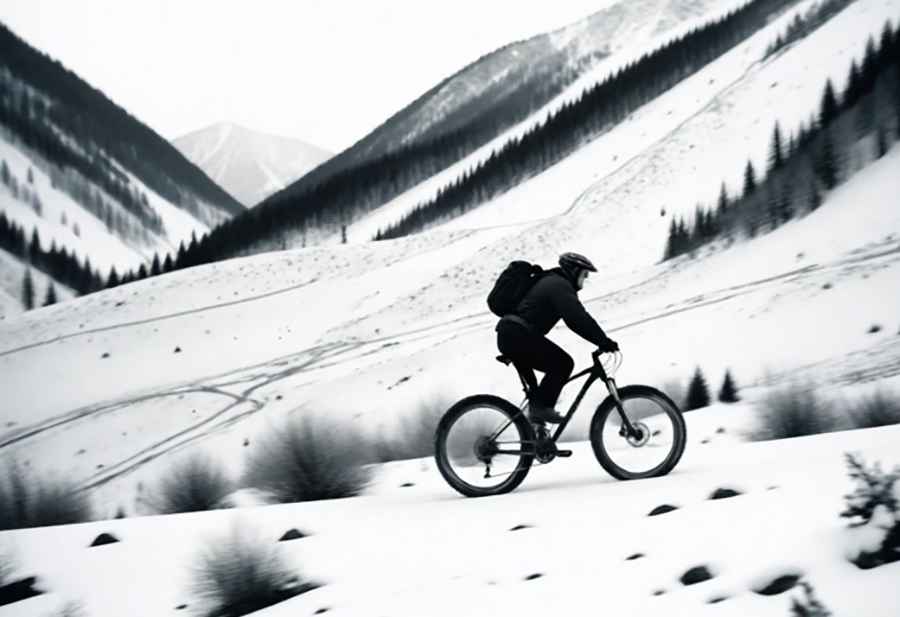
Conquer Any Terrain: Fat Bikes
Fat bikes boast super-wide tires (3.8–5 inches!) for tackling soft surfaces like snow, sand, or loose soil.
Two main types:
- Mountain Fat Bikes: made for year-round adventure, especially in winter. Perfect for snow, sand, or anything loose. Get all-terrain grip and conquer obstacles with confidence.
- Beach Cruiser Fat Bikes: These are all about fun! Enjoy a smooth ride on the sand with unbeatable stability.
Price Range:
Beach cruisers start at a cool £500. Mountain fat bikes typically begin at around £1,400. High-end options, with lightweight carbon fiber frames, can reach a hefty £7,000.
Built for Speed: Triathlon Bikes
Triathlon bikes prioritize aerodynamics to shave seconds off your race time.
Key Features:
- Aero Frame & Bars: designed for a tucked, low-wind-resistance position with stable handling.
- Wing-Shaped Tubes & Wheels: cut through the air like a knife for maximum speed.
- Narrow Tires: Roll fast and minimize drag.
Not for Everything:
Triathlon bikes excel on flat courses, but their aggressive position makes them less comfortable for climbing or technical descents.
Price Range:
Basic models with metal frames start at around £1,700. Top-of-the-line options, boasting carbon fiber everything and electronic shifting, can reach over £8,500.
Double the Fun: Tandem Bikes
Tandem bikes, built for two riders, offer a unique way to share the ride. The frame is sturdier with oversized tubes and often a double downtube for stability. Brakes, especially disc brakes, are crucial for safe stopping with the extra weight.
Types of Tandems:
- Road: tackle longer distances together.
- Cruiser: enjoy a laid-back ride with friends or family.
- Mountain: share the thrill of off-road adventures.
Perfect for:
- Riders of different abilities: Work together and enjoy the ride at your own pace.
- Families: create lasting memories with your kids.
- Riders with disabilities: Share the joy of cycling with someone who may need assistance.
Price Range:
Basic cruisers can start at a low price of £450, but be cautious of brake quality. Performance tandems for road or mountain riding easily climb above £5,000.
BMX: Go big or go home!
BMX, short for "Bicycle Motocross," is all about jumps, tricks, and adrenaline. Originally for racing on dirt tracks, it's grown into a freestyle scene with a dedicated following.
Types of BMX:
- Race: built for speed and head-to-head competition.
- Freestyle (Dirt Jumper): designed for catching air on ramps and trails.
- Wheelie Bikes: perfect for street riding and popping wheelies (large wheels limit jumps).
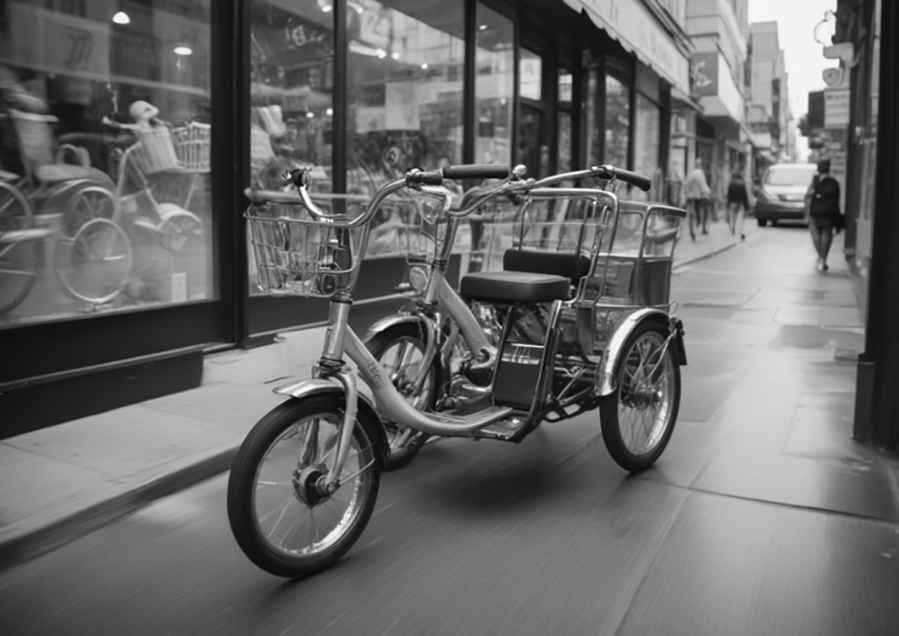
Trikes: Stability & Versatility on Three Wheels!
Tricycles offer extra stability and hauling power for a variety of uses. They feature a standard bike front paired with two rear wheels (or two front wheels, called tadpoles). Choose from upright, reclining, pedal-powered, or even electric-assist models. Gears range from single-speed to multi-speed derailleurs, and brakes can be rim or disc.
Types of Trikes:
- Adaptive: Perfect for those needing extra support.
- Mountain: Conquer trails with added confidence.
- Cargo: haul groceries, gear, or even passengers!
Whom are they for?
- Commuters: Enjoy a stable ride for errands or work travel.
- Cargo Carriers: Transport large loads for business or pleasure (think rickshaws!).
- Fitness Enthusiasts: Stay active and explore new paths.
- Family Fun: Share rides with loved ones on any terrain.
Price Range:
Trikes cater to various budgets. Basic adult trikes start at £270 for simple, single-gear models. However, electric-assist cargo trikes and mountain models can reach over £3,500.
Redefined Comfort: Recumbent Bikes
Recumbent bikes put you in a laid-back position, offering a wealth of benefits:
- Pain-free riding: ideal for those who struggle with traditional bike seats.
- Improved aerodynamics: especially with a fairing, recumbents can be faster on flat roads.
- Stable descents: their low center of gravity inspires confidence downhill.
Keep in mind:
- Weight: Recumbents are generally heavier than upright bikes.
- Climbing: Their design can make them less efficient uphill.
- Visibility: Their lower profile might make them harder for drivers to see.
Types:
- Long-wheelbase: stable and comfortable for road riding.
- Short-wheelbase: more manoeuverable, good for road riding, and light off-road use.
Price Range:
Recumbents are more expensive due to lower production volumes. Expect to start around £1,050 for a basic aluminum frame with a wide-range drivetrain and rim brakes. Top-end carbon models with premium components can exceed £3,500.
With a wide variety of bike options available, there's a perfect trail companion for nearly every rider and budget. Whether you're a seasoned shredder or a curious newcomer, consider the factors that matter most to you and explore the exciting world of biking. Remember, for beginners looking for great value, there are some fantastic options among the best mountain bikes under 1000. So grab your helmet, hit the trails, and have some fun!